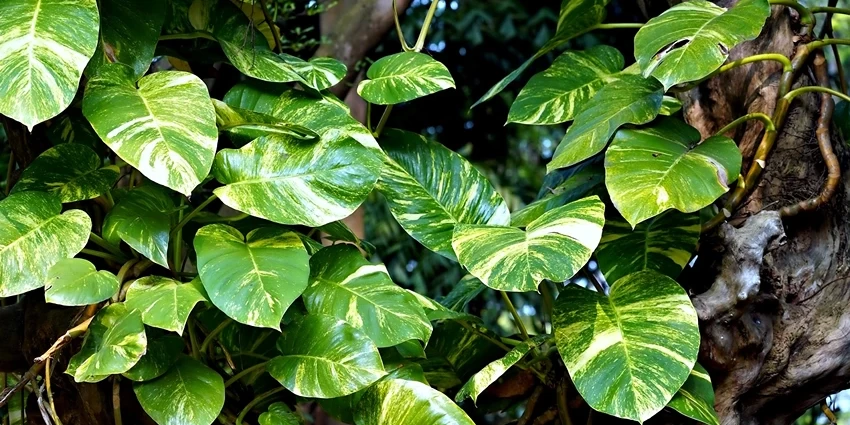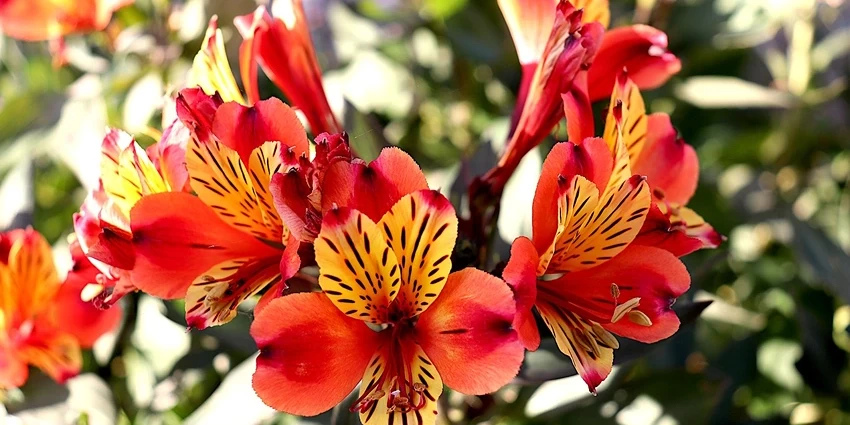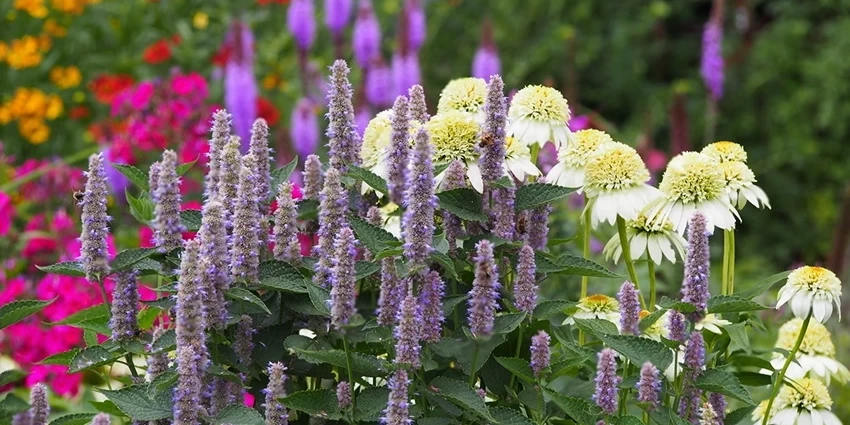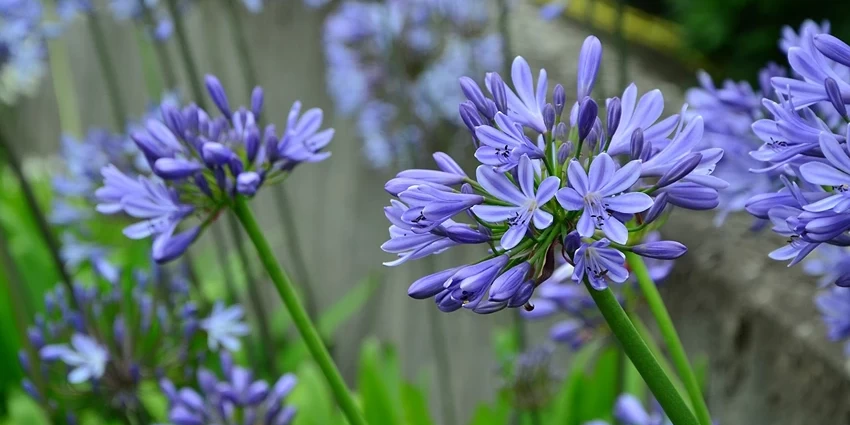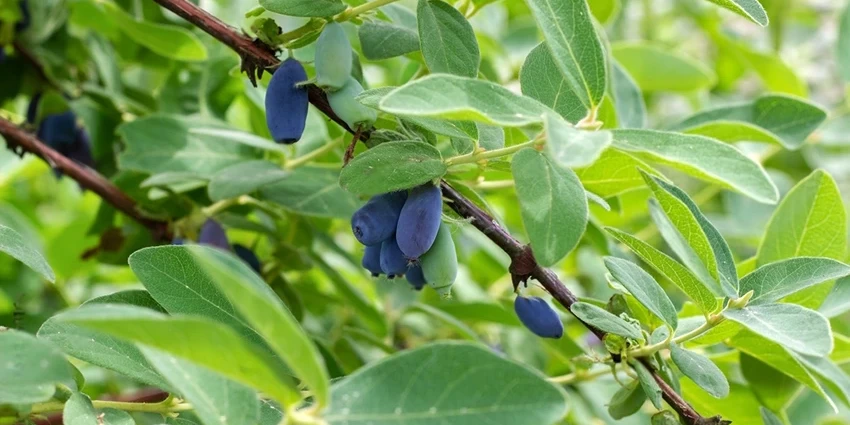All products were chosen independently by our editorial team. This review contains affiliate links and we may receive a commission for purchases made. Please read our affiliates FAQ page to find out more.
Home » How to » Grow Plants » How to grow Devils Ivy
Devil’s Ivy, also known as Pothos, is the quintessential houseplant. It’s not just a plant; it’s a companion that grows with you, adapting to your lifestyle and space. Whether you’re living in a cozy studio or a spacious apartment, Devil’s Ivy brings a touch of greenery and freshness to your living space. In this guide, we’ll walk you through everything you need to know about growing and caring for this resilient and stylish plant.
How to grow Devils Ivy
To grow Devil’s Ivy, plant in well-drained soil with filtered sunlight. Water moderately, allowing the soil to partially dry between watering. This resilient houseplant thrives in the UK climate, requiring minimal care while adding lush greenery to your indoor space.
Register for our latest in-depth reviews and product round-ups from the experts.
Enter your email address below to receive our monthly review emails.
By entering your details, you are agreeing to our terms and conditions and privacy policy. You can unsubscribe at any time.
Understanding Devil’s Ivy
Devil’s Ivy, a name that hints at its nearly indestructible nature, is a popular choice for indoor gardening. Its heart-shaped leaves and trailing vines can add a touch of the tropics to any room. But what makes it so special?
Characteristics of Devil’s Ivy
- Adaptable: It can grow in low light and withstands neglect.
- Air Purifier: Known for removing toxins from the air.
- Aesthetic Appeal: Offers a variety of leaf variegations and colors.
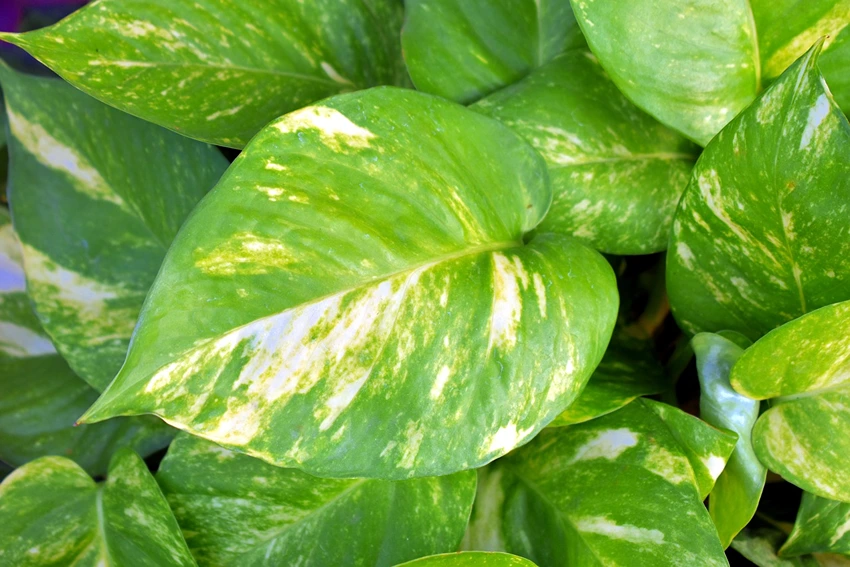
Creating the Perfect Environment
To ensure your Devil’s Ivy not only survives but thrives, it’s crucial to simulate its natural habitat.
Light and Temperature
- Light: Prefers bright, indirect light but can tolerate low-light conditions. Direct sunlight can scorch its leaves.
- Temperature: Ideal temperatures range between 10-24°C. Avoid placing it near drafts or heat sources.
Choosing the Right Spot
- Indoors: Near a window with sheer curtains or in a well-lit room.
- Outdoors: In a shaded area that receives filtered sunlight.
Planting and Propagation
Devil’s Ivy is incredibly easy to propagate and plant, making it a fun project for plant enthusiasts.
Soil and Planting
- Soil: Prefers well-draining, rich potting soil.
- Potting: Choose a pot with drainage holes to prevent waterlogging.
Propagation Techniques
- Water Propagation: Cut a stem below a node and place it in water until roots develop.
- Soil Propagation: Plant the rooted cutting directly into soil.
Watering and Nutrition
Balancing watering and feeding is key to keeping your Devil’s Ivy healthy.
Watering Schedule
- Frequency: Water when the top inch of soil feels dry. Overwatering can lead to root rot.
- Method: Use room temperature water to avoid shocking the plant.
Feeding
- Fertilizer: Feed with a balanced houseplant fertilizer monthly during the growing season (spring and summer).
Pruning and Maintenance
Regular maintenance keeps your Devil’s Ivy looking its best and encourages healthy growth.
Pruning Techniques
- Trimming: Cut back long vines to encourage bushier growth.
- Shaping: Train vines to climb or trail for your desired look.
Maintenance Tips
- Cleaning: Wipe leaves with a damp cloth to remove dust.
- Repotting: Repot every 2-3 years or when the plant outgrows its pot.
Pest and Disease Management
While generally hardy, Devil’s Ivy can occasionally face pest or disease issues.
Common Pests
- Mealybugs and Spider Mites: Treat with insecticidal soap or neem oil.
Disease Prevention
- Root Rot: Avoid overwatering and ensure good drainage.
Varieties of Devil’s Ivy
Devil’s Ivy comes in several stunning varieties, each with unique leaf patterns and colors.
Popular Varieties
- Golden Pothos: Features yellow and green variegated leaves.
- Marble Queen: Known for its creamy white and green foliage.
- Neon Pothos: Boasts bright, lime-green leaves.
Creative Display Ideas
Unleash your creativity in displaying your Devil’s Ivy.
Indoor Display
- Hanging Baskets: Let the vines cascade elegantly.
- Shelves: Trail the vines along bookshelves for a green touch.
Outdoor Arrangements
- Balcony Gardens: Create a green curtain with hanging Devil’s Ivy.
- Patio Accents: Use it as a decorative element in shaded areas.
Troubleshooting Common Issues
Even the hardiest plants can face challenges. Here’s how to tackle common issues with Devil’s Ivy.
Yellowing Leaves
- Cause: Overwatering or poor drainage.
- Solution: Adjust watering schedule and ensure good soil drainage.
Stunted Growth
- Cause: Insufficient light or nutrients.
- Solution: Move to a brighter spot and fertilize regularly.
Advanced Care for Devil’s Ivy
As you become more comfortable with the basics, here are some advanced tips to keep your Devil’s Ivy in top shape.
Seasonal Care Adjustments
- Winter Care: Reduce watering and stop fertilizing as growth slows.
- Summer Care: Increase watering frequency and continue monthly fertilization.
Monitoring Plant Health
- Signs of Good Health: Vibrant, glossy leaves and steady growth.
- Warning Signs: Drooping leaves, discoloration, or stunted growth.
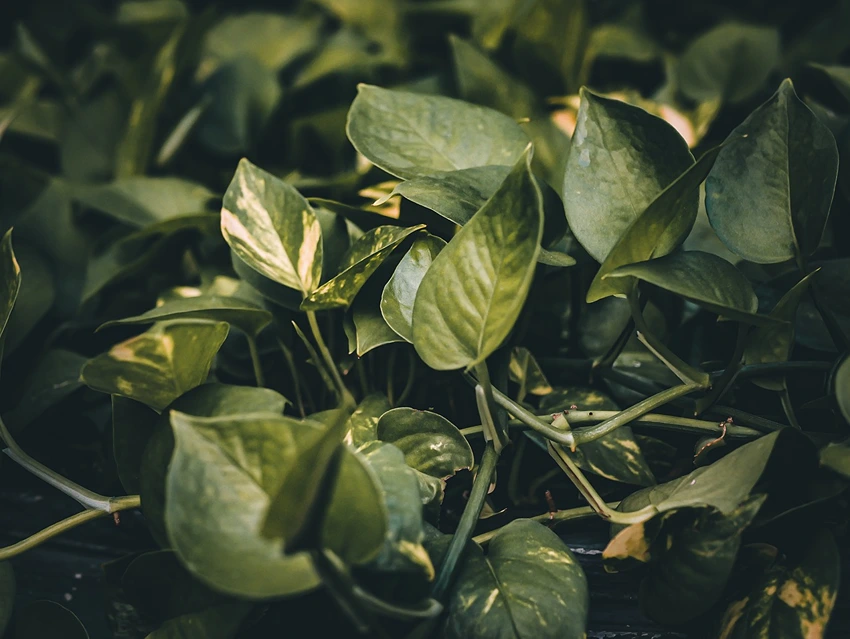
Styling Devil’s Ivy in Your Space
Devil’s Ivy isn’t just a plant; it’s a statement piece. Here’s how to make it a focal point in your home.
Creative Styling Tips
- Vertical Gardens: Use Devil’s Ivy to create a living wall.
- Mixed Planters: Combine with other houseplants for a varied display.
Table: Devil’s Ivy Styling Ideas
| Style | Description | Placement |
| Hanging | Let vines cascade from ceiling hooks or shelves. | Living room, kitchen |
| Climbing | Train on trellises or moss poles. | Near walls, bookcases |
| Tabletop | Shorter vines in decorative pots. | Desks, window sills |
Frequently Asked Questions
Let’s address some common queries about Devil’s Ivy to help you become a pro at caring for this plant.
It’s incredibly hardy and can grow even in challenging conditions, hence the name.
Water when the top inch of soil is dry, typically every 1-2 weeks.
Yes, it tolerates low light but grows best in bright, indirect light.
Yes, it can be toxic if ingested, so keep it out of reach of pets and children.
Advanced Propagation Techniques
Once you’ve mastered basic propagation, try these advanced methods for more plants.
Layering Method
- Steps: Bend a vine back into the pot, securing it in the soil to encourage root growth.
Division
- Steps: Gently divide the root ball during repotting to create new plants.
Troubleshooting Advanced Issues
Even experienced plant parents face challenges. Here’s how to tackle them.
Table: Troubleshooting Advanced Issues
| Issue | Cause | Solution |
| Leggy Growth | Insufficient light | Move to a brighter spot |
| Root Rot | Overwatering | Improve drainage, reduce watering |
| Pests | Poor maintenance | Use natural pest control methods |
Connecting with Other Plant Enthusiasts
Join online communities or local groups to share tips, tricks, and inspiration.
Online Forums and Social Media
- Platforms: Instagram, Reddit, and plant-focused forums.
- Benefits: Share experiences, get advice, and find inspiration.
Local Plant Swaps
- Activities: Exchange cuttings, plants, and growing tips.
- Benefits: Connect with fellow plant lovers in your community.
Eleanor is the quintessential spirit of the British gardener — passionate, dedicated, and endlessly curious about the natural world. Born and raised amidst the verdant landscapes of the Cotswolds, she developed an early love for the outdoors, often spending hours in the family garden with her hands buried in the soil, nurturing every type of plant she could find.


